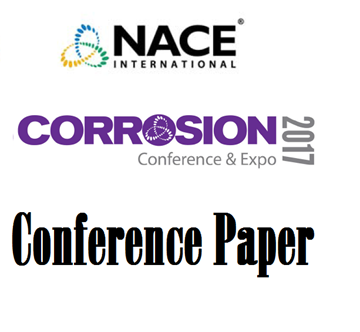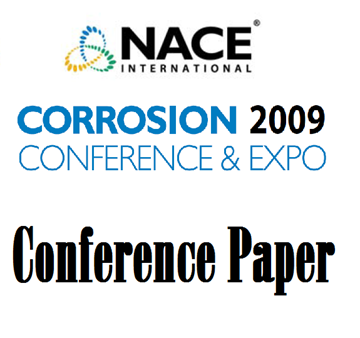Search
09149 New Surface Protection System against Metal Dusting
Also Purchased
00257 Alloy Selection for Environments Which Promote Metal Dusting
Product Number:
51300-00257-SG
ISBN:
00257 2000 CP
$20.00
Investigation on Metal Dusting Corrosion Phenomena Over Incoloy 800
Product Number:
51317--9439-SG
ISBN:
9439 2017 CP
Publication Date:
2017
$20.00
09153 Control of Metal Dusting Using Alloy Selection, Coatings and Inhibitors
Product Number:
51300-09153-SG
ISBN:
09153 2009 CP
Publication Date:
2009
$20.00
Recently viewed




